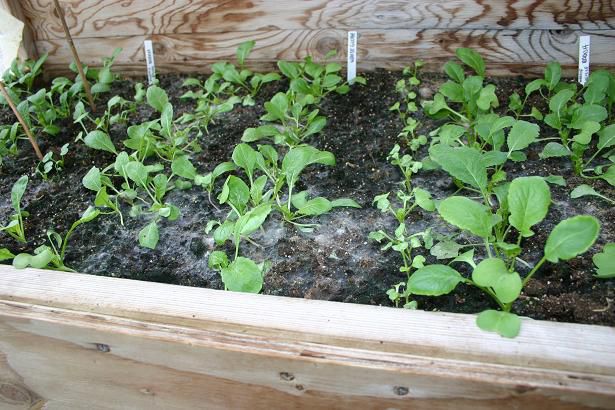Many people around the world install greenhouses in order to cultivate plant life in a secured area year-round. Although these structures protect your plants from the ravages of the seasons, is it being occupied by organic materials other than what you’re purposely growing? Given the nature of the greenhouse, you could be inadvertently spreading mold spores throughout the structure as well as your home – if the greenhouse is connected directly to your house.
Humidity – Depending on your tactics for growing plants, your greenhouse could be quite humid. This is especially true in the winter as the cold air cools the plastic panels and the warm air inside the greenhouse causes condensation. The greater the temperature difference is between the two, the more water is created seeping down into various areas. As water is the primary attraction for mold spores, it can be easier than you think to develop an infestation of this unsightly intruder.
Chemical Cleaning – When keeping your greenhouse clean, you want to be careful using chemical compounds. The fumes can be quite harmful to yourself and your plants. If you have a properly constructed facility, you should have vents that you can open in order to circulate the air. In the winter, this could be harmful to your plants unless you are able to set the vent to exhaust only. At which point, it will either draw the air from your home or the surrounding areas that will allow airflow. Using organic cleaning solutions for high-risk areas in the greenhouse can be a welcome addition instead of using those that can produce toxic fumes. It’ll be better for yourself and the plants that you are trying desperately to keep alive during the winter.
Emptiness – Many people close down the greenhouse during the winter months and put away potting supplies. Unfortunately, this is not a deterrent for mold development. The purpose of the greenhouse is to generate heat regardless of the temperature outside. Sunlight can still warm the area regardless if there are plants available in the location or not. Mold doesn’t care if you put away your plants for the winter – it will still develop in the corners and cracks where moisture becomes trapped.
Damaging to Plants – Mold doesn’t have to concentrate growth within walls and under floors. The sheer nature of caring for the plants creates an ideal solution for molds to develop. As your plants require moisture to survive, you’re essentially feeding the mold to develop spores for continued population. Under less than ideal circumstances, you could be providing a perfect habitat for mold within the soil of your plants. Monitor the soil daily and deal with any development as soon as it is detected.
Dehumidifiers – Depending on the particular plants you are developing, a dehumidifier could be greatly beneficial to the health of it as well as preventing molds from developing. These devices purposely remove the moisture from the air in order to make the area feel drier. Without moisture, molds will not grow. It may inadvertently provide a more ideal situation for your particular plant to grow as well.
Greenhouses can be a form of relaxation or business income. It is quite easy for these structures to develop a mold problem and you need to be vigilant about keeping the moisture levels to a minimum. Not only will it be better for your own physical health, but the plants will thrive without being accosted by mold itself.
Author Bio:
Ken holds a master’s in business leadership from Upper Iowa University and multiple bachelor degrees from Grand View College. As president of morningsidenannies, Ken’s focus is helping Houston-based parents find the right childcare provider for their family. When he isn’t working, he enjoys spending time with his three children and his wife.

